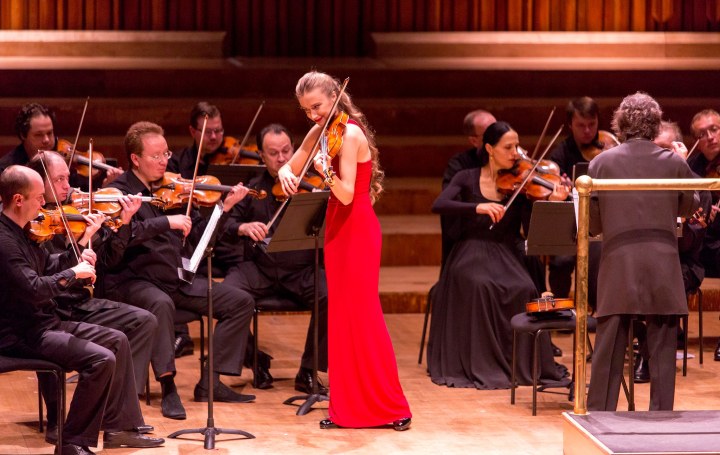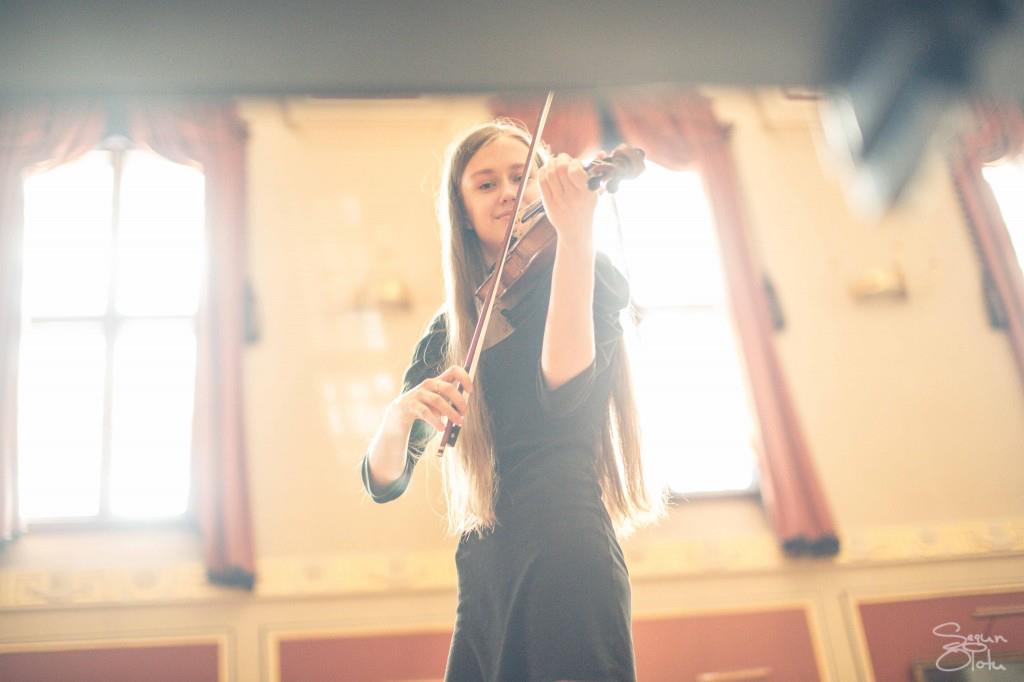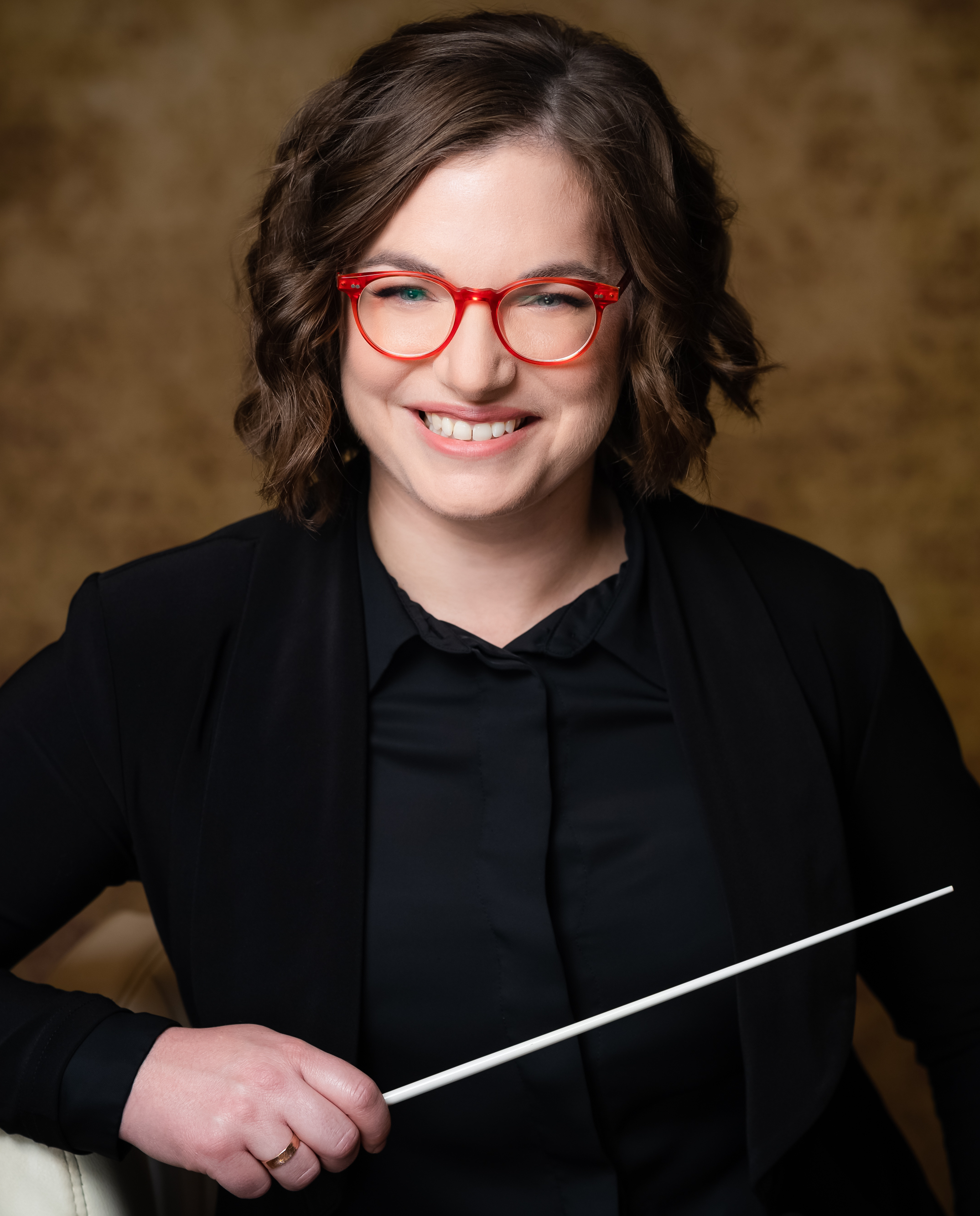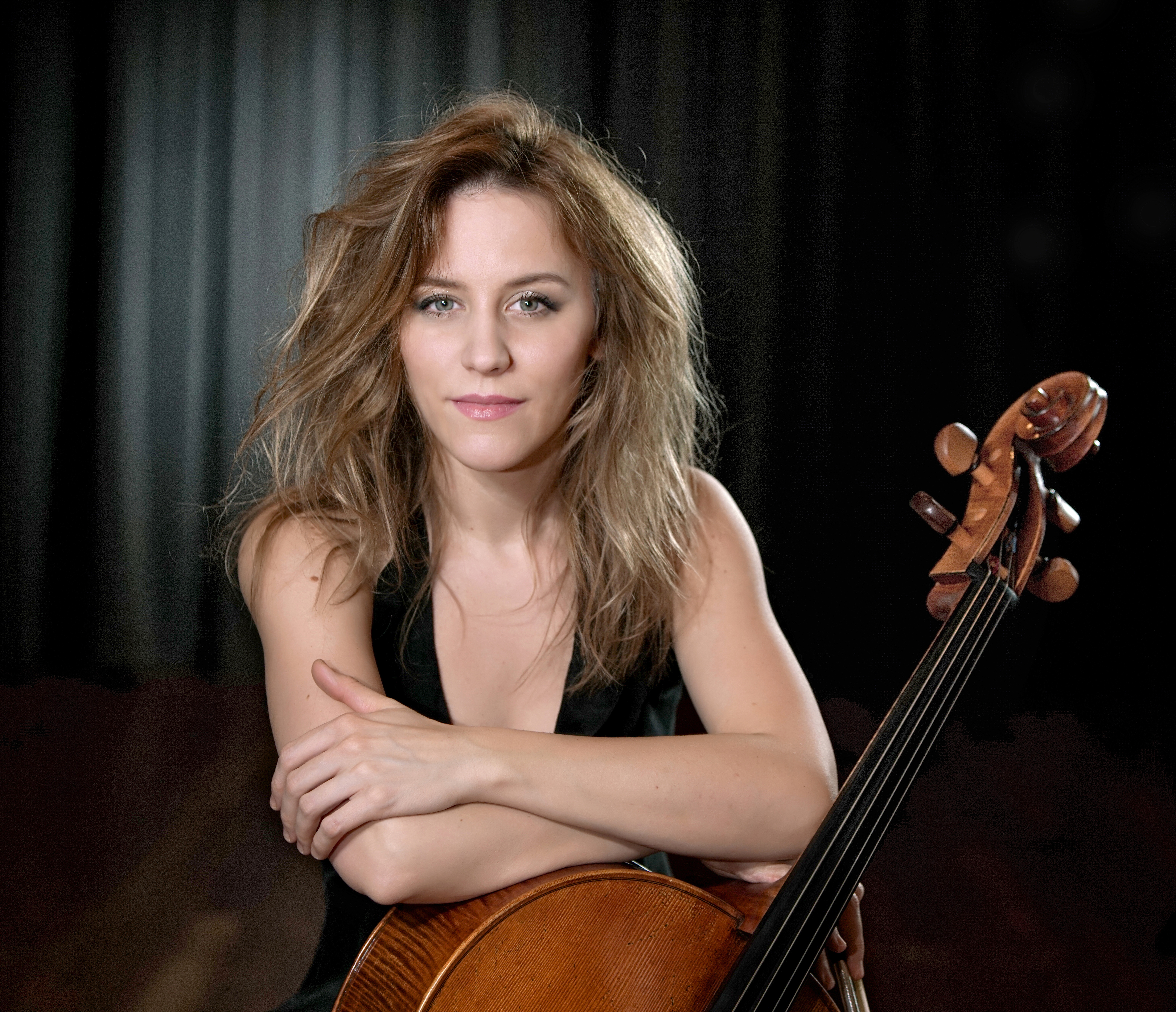MUSIC OP-ED
Reflecting on the Spring season of the Johannesburg Philharmonic Orchestra concerts

This season, the Johannesburg Philharmonic Orchestra went for a programme that seemed, at first, a repetition of past ones. But if repetitive programmes could always sound this good, nothing would stop the audience from returning again, and again.
At Johannesburg Philharmonic Orchestra concerts, there often seem to be a large number of concertgoers who have never heard the music being played, as well as a significant contingent of those who’ve never been to a live symphony concert before. The newness of their experience brings an air of freshness and hearty appreciation into the Linder Auditorium (the orchestra’s home venue), which is often needed when it comes to the music the JPO programmes.
A season of outstandingly unimaginative programming did not inspire much excitement before the concerts started: a roster of Beethoven, Brahms, Tchaikovsky, Grieg, and Rachmaninoff is already a sign of artistic non-direction; a closer look shows that seven out of the 10 works being played were repeats of programmes from the last five years. For concertgoers who are not regulars, this should be their chance of hearing these great works; others could only hope for the possible excitement of some gifted guest soloists and conductors.
For the most part, the season did turn out to be a pleasure for me, too. There’s a reason these pieces are often repeated, and are cemented into the cornerstones of musical history – they’re great music. Beethoven was a breakbeat hardcore genius who singlehandedly diverted the course of musical history. Tchaikovsky spun themes and cast colours that not only eased his own suffering and mental illness but have soothed the anguish of countless sufferers ever since. Brahms is my favourite of all composers, whose music touches on the most intimate and tender of emotions. If musicians can be relied on to bring these pieces’ magnificence to life, there’s no reason not to listen to them again.
The first concert: Grieg and Rachmaninoff
This life arose in flashes and starts during the season. The first concert opened with Grieg’s Piano Concerto, a roiling minor-key masterpiece that took inspiration both from Grieg’s scholarship of classical forms as well as the folk music of his home country, Norway. The cascading octaves played by the piano in the introduction are inescapably recognisable and stirring; the young Australian soloist, Jayson Gillham, lit up the keyboard and kept it glowing for the next 30 minutes with his youthful enthusiasm.
What stood out were the moments of supreme sweetness highlighted by the conductor, Michał Dworzyński. The JPO cellos and basses have a distinctively warm and self-assured sound, and can be depended on to leave a lyrical subject dripping with honey.
This treacly bent fit perfectly with Rachmaninoff’s Second Symphony, played after the interval – the quintessential late-romantic excursion of an old-world Russian master. Themes and ideas would sound familiar not only to those who know the famous Second Piano Concerto, but also to those of us who were at the JPO’s Early Spring Season, where Rachmaninoff’s Symphonic Dances were played. Interesting parallels between the works came to light when played so close together, and made me wish for a little more focus in programming that explored certain composers’ obsessions and developments in depth.
The second concert: Tchaikovsky & Beethoven
The second week brought striking contrasts in the playing before and after interval. The soloist was the Latvian violinist Kristine Balanas, and she played the Tchaikovsky Violin Concerto. Her sound was pure and flowing, like a light lyric soprano, and a bit small at times; sometimes, when the orchestra played, it seemed difficult to hear her at all. She also played with an incredibly free rubato, some of the freest tempi I’ve ever heard from a soloist. The orchestral accompaniment was disappointing; there didn’t seem to be any conception at all of the shape of a melody, of phrasing, of musical ideas and feelings, or of building and developing a large structure (my impression was that the conductor, Justus Frantz had done nothing at all in the rehearsals with the orchestra). The tutti arrival of the first movement’s main theme was as bright and satisfying as you could hope for, but that was thanks to Tchaikovsky and the instrumentalists, not the conductor.

Kristine Balanas. Image: Kristine Balanas’ website
But the second half of the concert was a completely different performance. Frantz began by filling in the audience on the usual programmatic information on Beethoven’s Pastoral Symphony, explaining the scenes depicted and the innovative instrumentation. He dwelled on the woodwind cadenza in the second movement, which mimics bird calls, and even asked the flautist, oboist, and clarinettist to demonstrate their parts. The audience seemed to greatly appreciate the whole speech, and gave a warm knowing laugh when the birdsong arrived during the piece.
Here, Frantz seemed to be positively full of ideas of what he wanted from the music. From the very opening, the orchestra shaped the melodies beautifully, with sudden changes in dynamics and tempos that gave the wonderful effect of shifting colour and light, like walking through valleys in a wooded countryside, where the sunlight is filtered through the canopy of trees. It was like shafts of light were breaking into the auditorium. Mostly, the sound that came from the orchestra was buoyant and light, bouncing from the stage and sailing right up to us in the balcony.
The third concert: Fauré, Saint-Saëns and Mendelssohn
The most invigorating sounds of the season came in the third week, which was conducted by the Israeli dynamo Noam Aviel. The opening work was the lovely Pelléas et Mélisande suite by Fauré. Fauré’s music is both ethereal and refined, written with a subtle artfulness that somehow still peers deep inside. It offers visions of the world within, that words cannot reach. Aviel and the JPO cushioned his music written for the tragic love story in lucid, affectionate warmth that immediately brought out the special charms of his work, even in something so miniature.

Noam Aviel. Image: Siggi Ragnar
They doubled down on the Gallic grace of the evening with Saint-Saëns’s A minor Cello Concerto, led by the Serbian cellist Maja Bogdanović. Her beautiful long melodic lines were marked by a keen precision in her intonation and timing, and a beautifully sensitive rubato. Her sound was as soft as a whisper in some moments (and still audible at the top of the balcony), and she added to the orchestra’s apt French finesse in the dancing middle movement. So impressive was she that the audience welcomed not one but two encores from her (both duets with the JPO concertmaster, Miroslav Chakaryan).

Maja Bogdanović. Image: Maja Bogdanović’s website
The concert ended with Mendelssohn’s Italian Symphony, one of the most enlivening in the repertory, and the one with the brightest opening. Aviel’s luminous energy matched Mendelssohn’s radiant sunniness marvellously, and the sparks she emitted were enough for any jaded listener to prick up his ears as soon as the first notes sounded in the woodwinds. Aviel highlighted each melody as it bounced around the orchestra, and her dynamism clearly flowed out into the audience too, which met the end of the concert with a resounding ovation.
The fourth concert: Brahms
Is it possible for music to sound too bright and too warm? I certainly thought so, as I listened to the final concert of the season. We were blessed with two South African-born guests: Conrad van Alphen on the podium and François du Toit on the piano. They started with Brahms’s First Piano Concerto, a titanic and focused explosion of fury in D minor.
Brahms wrote it in the white-hot creative energy of his youth, completing it before he was 25. In the best performances (one of which was given by the JPO and the Belgian pianist Liebrecht Vanbeckevoort a few years ago), the dark first movement storms with rage and blazes with passion.
The opening was written shortly after the first suicide attempt of Brahms’s friend and mentor, Robert Schumann, which affected him enormously. The jagged lines and icy plunges of the main theme eventually open up to a more lyrical theme, but the brooding thunder returns repeatedly and dominates the entire 22-minute movement.
Unfortunately, to my ears, the very experienced hands of Du Toit and Van Alphen performed this music with a dismayingly high degree of respectability; they turned a wrathful outburst into a decorous “classical” incursion. Du Toit emitted an admirably strong and muscular sound from the Linder’s large Steinway, with a sure and steady sense of control over each inch of each key – a control that seems at odds with the out-of-control emotions of the music. The orchestra played with a similar brightness and warmth as we heard in earlier concerts, which only served to pull the musical experience further away from Brahms’s bluster.
But the second movement gave a very different opportunity for expression. Brahms had something prayerful and tender in mind when he wrote this achingly intimate and heartfelt music. The piece is filled with momentary dissonances, sonic tensions that immediately evoke spiritual ones. The piano and orchestra together found the work’s hushed essence, and completely swept away any complaints that may have lingered from before.
When we encounter music in the moment as breathtakingly affecting as this, the performance moves out of the flow of time, and returns the warm lifeblood of emotion to even the most lifeless and over-repeated pieces. If repetitive programmes could always sound this good, nothing would stop me from returning again and again. DM/ ML
The Johannesburg Philharmonic Orchestra’s Summer Symphony Season starts in February 2023. Visit their website for more information, to join their mailing list, and to hear performances on their YouTube channel.
In case you missed it, also read On the Johannesburg Philharmonic Orchestra’s early Spring Symphony Season
On the Johannesburg Philharmonic Orchestra’s early Spring Symphony Season

















 Become an Insider
Become an Insider
Comments - Please login in order to comment.